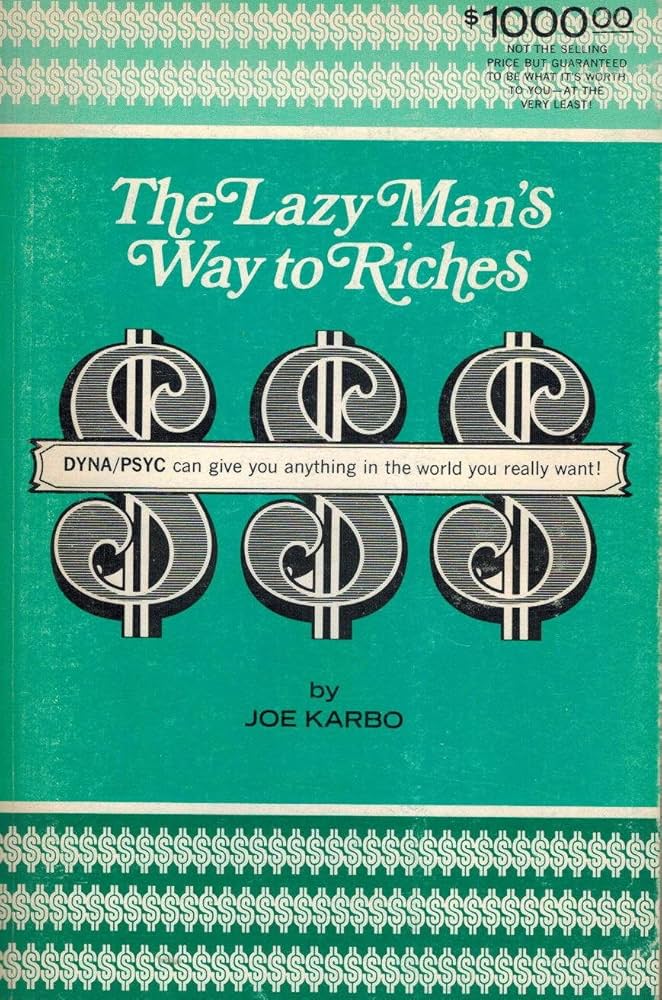Glossaries are essential for understanding what is said, but most people arguably consider them “boring”.
I’ve taken the interesting and important parts of the glossary of chapter 2 and simplified them.
If you learn those, Chapters 3 and 4 below [NPGS principles 1 and 2 accordingly] will be a walk in the park for you to understand.
– Inspired by 7 Steps To Freedom II by Ben Suarez


The 5 Key Costs in a NPGS*
1. Cost of Fulfillment – Everything related to preparing the product and getting it to the customer.
2. Cost of Sales – Everything related to promotions, E.G. hiring a copywriter or advertising.
3. Cost of Fixed overhead – All you have to pay for regardless of sales coming in or not E.G. rent, debt, taxes, etc.
4. Capital accumulative costs – Permanent investments like equipment, product inventory, buildings (Interpretation: Product inventory may be sold, but at the moment you own it so its sorta’ permanent)
5. Cost of Taxes – All the taxes you pay, E.G. property taxes on buildings, income taxes etc.
7 Key Profits of a NPGS
1. GP - Gross Profit of Product
The product’s selling price minus the product’s fulfillment cost
2. GPA - Gross profit accumulation
The gross profit of the product minus the “Cost of Sales” for each sale Then the sum of those 2 times the amount of sales you made in a certain rollout*. If it’s unclear – Keep reading, the numbers in 3 and 4 below may make it clearer.
3. GPP - Gross Profit Per Prospect -
You divide the GPA by the amount of prospects you mailed to.
And get your profit per prospect (Both those who ended up buying and those who didn’t) So if your GPA was 100,000$ and you mailed to 2500 prospects your GPP will be 100,000/2,500 = 40$
4. GPS - Gross profit per sale.
Dividing GPA by the amount of sales you made in a promotion. Let’s say out of 2,500 prospects only 100 bought. Your GPS will be 100,000/100 = 1,000$
5. TGPA - Total Gross Profit Accumulation
A sum of all the GPAs of the promotions your company is running
6. NP - Net profit
TGPA minus key costs 3 and 4 above(Overhead & Accumulative)
7. NPP - Net Net profit
The NP minus taxes – This is what you get to put in your pocket.
Remote Direct Marketing - Best Chance of Entrepreneurs
There are 4 levels of “Direct” marketing. Remote direct marketing is the most fit for entrepreneurs and the most powerful on levels 3 and 4.
What are the 4 levels? They are:
Level 1 – Primitive:
Buyer goes to seller in person, E.G. Retail.
Level 2 – Semi-Modern
Seller goes to buyer in person, E.G. Door to Door sales
Level 3 – Modern
Seller goes to buyer in remote means and buyer goes to seller in remote means E.G. mail order through print or broadcast media
Level 4 – Ultra Modern
Where the seller does not go in person to the buyer and buyer does not to seller, E.G. two way interactive TV
Chapter 3: Calculating Profit
Your Goal - Net Profit
Your goal in a business is to create Net Profit.
Net profit is Sales minus all the key costs apart from taxes[which is Net Net profit]
Your Biggest Obstacle - Cost of Sales
From these 4 key costs – Cost of sales is the most unpredictable one, therefore our goal is keeping it down.
Which is proportional to the 4 SGS principles (Promotion, Media, Audience, Product) the more effective these 4 are, the less sales costs there are.
Are you profitable? The 0 Point
To plan all your actions you need to know when is the point you become profitable.
The formula to calculate how many sales you need to get to the 0 point beyond which you’re profitable is:
Critical Rate of Sales = ( Cost of Sales + Cost of Overhead + Capital Accumulative Costs ) ÷ Gross Profit Per Sale
Gross profit per sale (Defined as GP above) = Dollars per sale – cost of fulfillment.
A live example
If the costs for a month are “Cost of Sales” = 10,000$, “Overhead” = 1,000$, “Accumulative” = 500$
and we sell every product for 20$ while it costs us 10$ to produce and ship
Then The Gross profit per sale is 20-10=10
and the Critical Rate of sales is (10,000 + 1,000 + 500) ÷ 10 =1,150
So we need 1,150 sales this month to break even. Below that we’re at a loss, above that at a profit
Chapter 4: Higher Sales Rate Higher Profit
The 4 SGS or Sales Rate Factors [Again :)]
The same as the 4 SGS principles in the previous post, the 4 factors that determine the rate of sales are
1. Medium
2. Audience
3. Promotion
4. Product
Almost any activity in business can be categorized under one of those four factors.
A Suggested Index to Measure Their Effectiveness
Here’s an index you can use to rate the power of each:
Lets say that we may rate each on a scale of 1 to 10. Then, your rate of sales index is a multiplication of the 4 factors, so if all 4 are 10 – 10x10x10x10 = 10,000
As a rule of thumb at 4,000 you become profitable.
But, you must also remember that even if any 3 factors are a 10 and another is a 0 – your Net profit will be 0
10x10x10x0= 0
Exercises to Make Sure You Got It
This was a lot of information and it took me some time to get it too, only when rewriting it here in the summary I got a clearer view. I sincerely believe that when you write something out you understand it better.
So the FILLABLE workbook with exercises to help your understanding and absorbtion of the content awaits below.
Thank you for reading and taking action on your dreams. Stay awesome and see you in the next posts.
P.S. This post’s content might not seem very applicable to us who don’t yet have a product(me included), because they’re a lot about measuring money in money out, but, I’d encourage you to fill out the workbook in any case, and maybe “the dots will somehow connect in the future”, as Steve Jobs said in his Stanford 2005 commencement address.
Image Sources
1. Book Cover – Scientificadvertising.com
2. Ben Suarez – Beaconjournal.com
Previous Book Summaries

The Lazy Mans Way to Riches – 4 Takeaways

